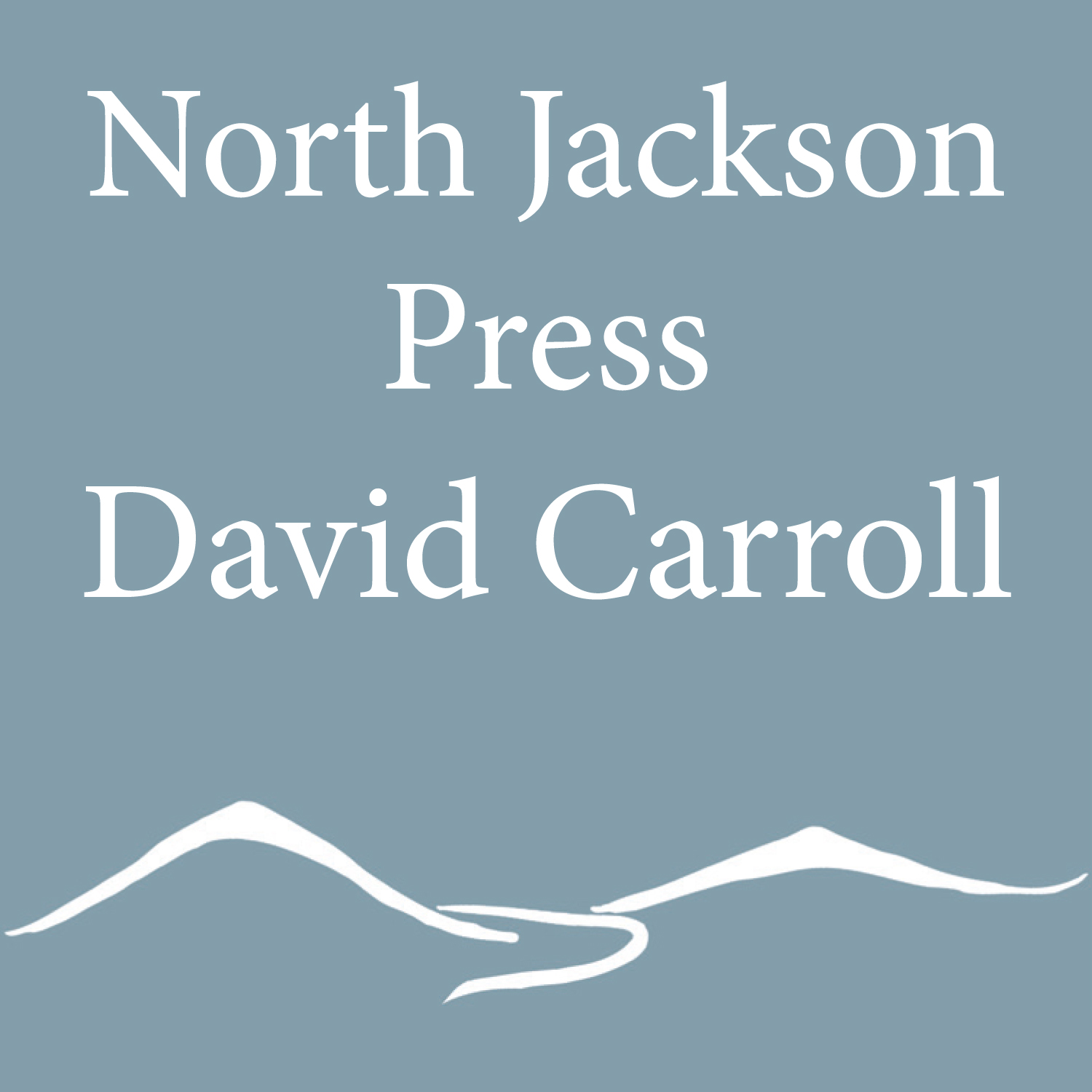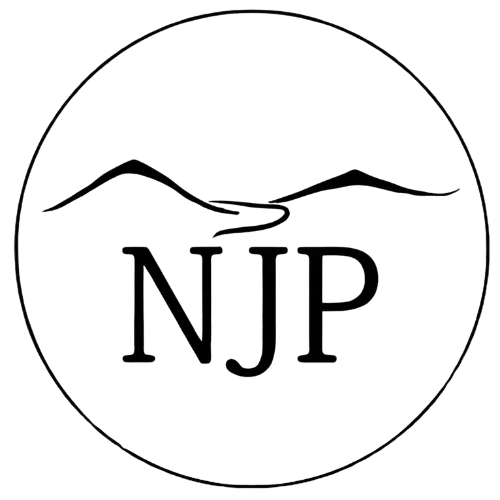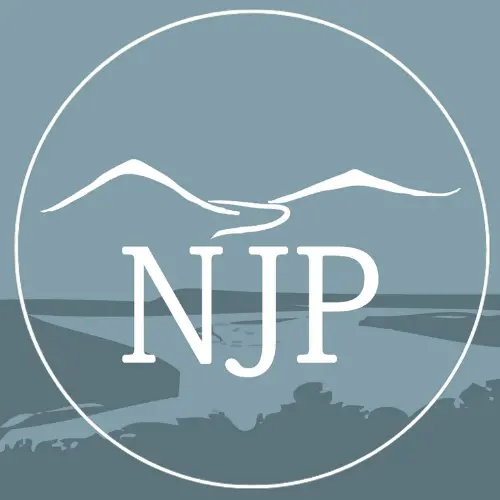Broadcasting is now in its second century. KDKA radio in Pittsburgh signed on in 1920. By the end of that decade most major cities had at least one radio station. Programming was largely limited to symphony orchestras and church services, but that bulky radio box in the living room was considered to be a miracle by early listeners. Could it ever be any better?
As the years went by, broadcasting equipment became less bulky, and radio stations could host a variety of performers. Comedians, singers and musicians provided live entertainment, and disc jockeys spun freshly pressed records while delivering homespun humor and even a weather report each morning. As word of mouth spread, a radio was a must-have item in most homes.
By the 1940s, there were multiple radio stations in many cities, all of them affiliated with major radio networks. Listeners heard live reports from the front lines of World War II, providing an immediacy that newspapers could not deliver. On the entertainment side, major movie stars like Bob Hope, Jack Benny and Groucho Marx migrated to radio, filling homes with laughter and music. Radio even had soap operas and mysteries. How could it get any better?
Then came the 1950s, when television came into our homes. One TV station at a time began transmitting their snowy black and white images. By the end of the decade, most of us had three channels, one for each major network: CBS, NBC, and ABC. If you didn’t like one show, there were two other options. It surely couldn’t get any better than that.
In the 1960s, AM radio stations ruled the airwaves. We listened in our cars, our kitchens, and on the transistors we hid under our pillows. The TV networks also brought us “living color,” and if you were the first person on your street with a color TV, you had plenty of visitors enjoying “Bonanza.” By then, local news teams were filming their stories, and could usually get the film developed and on the air the same day.
There were even more radio stations in the 1970s, and the FM band was emerging as the preferred choice. “No static at all,” remember? But radio had to deal with a new form of competition: 8-track tapes. We could listen to the songs we liked, without being dictated by the choices of a radio station. Soon the music tapes got even smaller, as cassettes became popular. Wow, twelve songs inside a little rectangular case. It would never get more compact than that, right?
As the 1980s began, some of us had cable or satellite TV, with about 30 channels. We had one for music, one for sports, and we could even buy jewelry on a shopping channel. CNN put the news on 24 hours a day. “How could they possibly fill all that time?” we asked.
As for music, we discovered the miracle of compact discs. No more scratchy vinyl records. No more tapes to rewind. Those flat little CD’s could hold more than an hour of music, and no doubt, it would never get better than that.
By the 1990s, TV stations had satellite trucks, enabling news teams to bounce their signal toward the heavens, and broadcast from just about anywhere. In addition to our local channels, we had about a hundred more from which to choose. Some of us started carrying a wireless mobile phone, which was about the size and weight of a brick.
By the 2000s, those cell phones started getting smaller, and most of them doubled as a tiny computer with a camera. Many of us now had high-speed internet, and CD players had been replaced by iPods, which put thousands of songs in our pockets, directly connected to our ears.
Today the TV screens in our home are bigger than ever. Still, many of us watch movies, read the news, and even enjoy a book on our tiny mobile screens. We don’t use maps any more. Our phones tell us where to go.
TV reporters now use their phones to transmit live video segments you see on the news.
It can’t get any better than this. Or can it?
David Carroll is a Chattanooga news anchor, and his new book “I Won’t Be Your Escape Goat” is available on his website, ChattanoogaRadioTV.com. You may contact him at 900 Whitehall Road, Chattanooga, TN 37405, or at [email protected].



